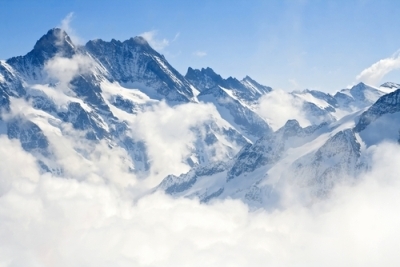Europe is a continent bordering Asia to the east; it is washed by the Arctic Glacial Ocean to the North; across the Atlantic to the west; and across the Mediterranean and Black Seas to the south, bordering the Middle East via the Bosphorus Strait (see map). It is located entirely in the Northern Hemisphere of the planet and, at the same time, in the Western and Eastern Hemispheres. Because it is geographically “glued” with Asia, many refer to this continental block asEurasia.
For many years (since the 16th century), Europe was considered the main economic and scientific center in the world, losing that position during the 20th century. In fact, this leadership did not belong to the European continent as a whole, but to some economic powers in the region, especially England and France.
Despite the relative low of these countries compared to economies such as the United States and China, Europe has the largest and most powerful economic bloc in the world, the European Union. This bloc differs from the others in that it is the only one to guarantee the free circulation of goods, merchandise and people, in addition to having its own currency: the euro, adopted by almost all member countries.
If we look closely at the map above, we can see that Europe looks more like a “patchwork” as it has a large number of countries in a small space. In total, there are 50 countries squeezed into approximately 10,500.00 km², something a little bigger than the Brazilian territory.
This is due to the constant wars and political disputes that have occurred in this region throughout history, in which the numerous existing ethnic groups sought their independence and built their respective states Nationals. Despite this, there are still many peoples whose nation has no homeland, such as the Catalan people, whose territory belongs to Spain.
The relief of Europe is predominantly plain and not very hilly. But in some places there are some mountain ranges, like the Alps. The climate is predominantly temperate continental and oceanic.

Alps region in Switzerland
Europe is considered important as it was responsible for colonizing most of the rest of the world. It was on this continent that most of our customs emerged, since, by colonizing and invading other territories, Europeans imposed their type of civilization. Despite being considered the most scientifically advanced (modern science also emerged in Europe), it was on this continent that the greatest wars in human history took place.
By Rodolfo Alves Pena
Graduated in Geography

